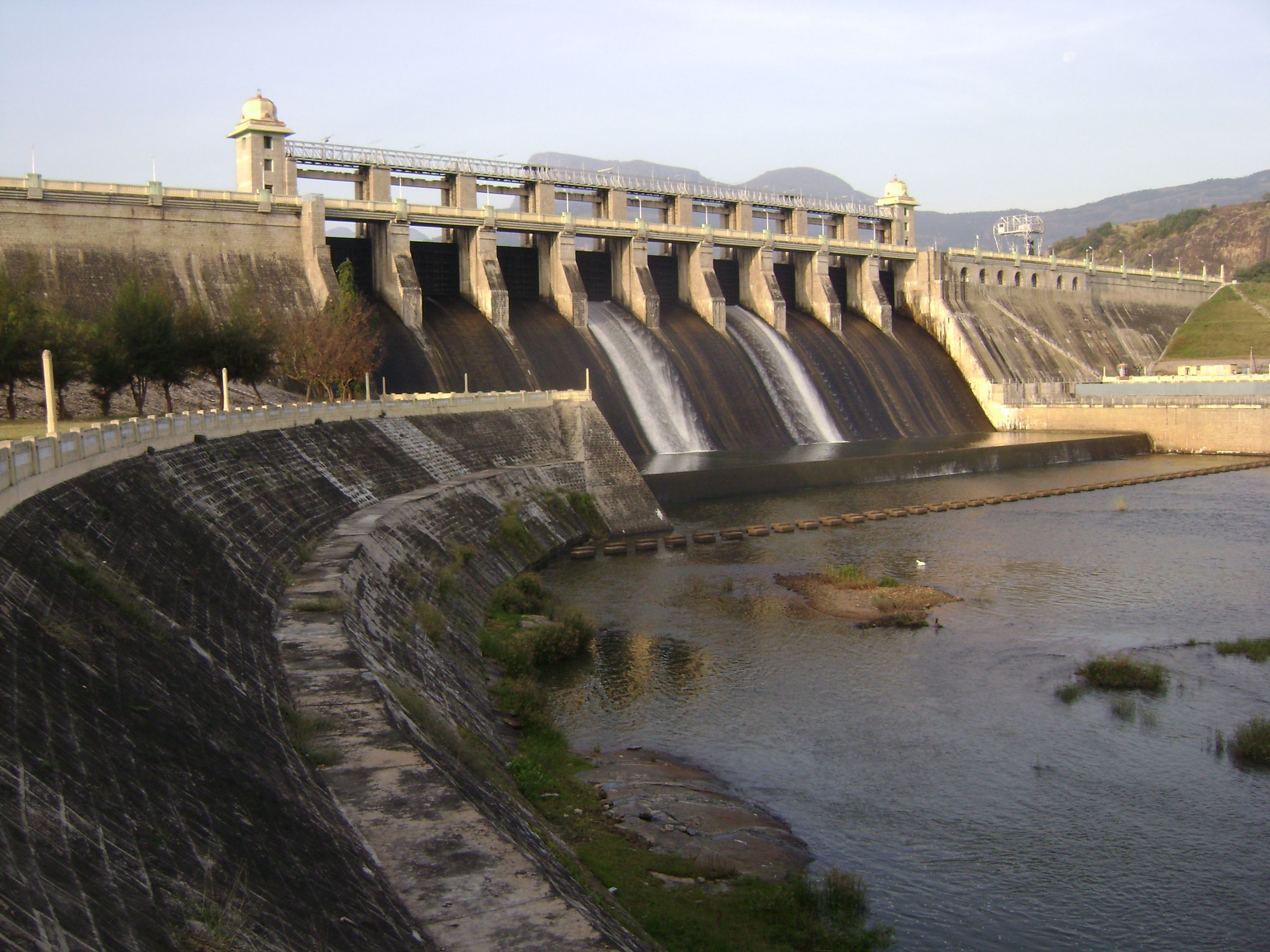The Union Cabinet approved externally aided
DRIP Phase II and Phase III in its meeting held on October 29, 2020. The
project will initially cover 19 States and three Central Agencies. The Budget
Outlay is Rs 102.11 billion for an implementation period of 10 years. The
scheme will be implemented in two Phases, each of six years duration, with two years’
overlap. The programme will fund physical rehabilitation of key dams as well as
capacity building of dam operators in order to ensure availability of trained
and skilled manpower for better operation of dams.
India ranks third globally after China and the
United States of America, with 5,334 large dams in operation. In addition,
about 411 dams are under construction at present. There are also several
thousand smaller dams. These dams are vital for ensuring the water security of
the Country. Indian dams and reservoirs play an important role in the economic
and agricultural growth of our country by storing approximately 300 billion
cubic meter of water annually.
These dams present a major responsibility in
terms of asset management and safety. Due to deferred maintenance and other
health issues, these dams have associated risks in case of failure. The
consequences of dam failure can be catastrophic, in terms of loss of human life
and property, and damage to ecology. The
first phase of the DRIP programme, which covered 223 dams in 7 states, improved
the safety and operational performance of selected dams, along with
institutional strengthening through a system wide management approach. This
programme strengthened the overall culture of dam safety in the country.
Apart from structural measures to improve
hydrologic safety, hydro-mechanical measures, seepage reduction, structural
stability etc., non structural measures such as dam break analyses, emergency
action plans, O&M manuals, were put in place for the selected dams. In
addition, DHARMA (Dam Health and Rehabilitation Monitoring), a system to
monitor the health of dams, has been developed and is, at present, being used
by 18 states. A seismic hazard analysis information system (SHAISYS) has also
been developed.
In order to carry forward the momentum gained
through the ongoing DRIP, and expand it vertically and horizontally, the new
Scheme, DRIP Phase II, co-financed by World Bank (WB) and Asian Infrastructure
Investment Bank (AIIB) with US$250 million each, covers large dams in 19 states
of the country.
This Scheme is especially focused on mitigating
the risks of dam failure and ensuring safety of people, riverine ecology and
property located downstream of these selected dams, through structural as well as non-structural measures like physical
rehabilitation, preparation of Operation and Maintenance Manuals, Emergency
Action Plans, Early Warning System and various other measures.
Life of these selected reservoirs will be
extended further by addressing health and safety concerns of these selected
dams; in turn, these assets will provide planned benefits efficiently for
longer period to public at large in terms of various direct benefits like
irrigation, drinking water, hydel power, flood control etc.
In addition to physical rehabilitation, as
mentioned before, equal emphasis has been given to capacity building of dam
owners in order to ensure availability of trained and skilled manpower for better
operation of dams. Customised training programmes for various technical and
managerial aspects will assist dam owners to create a pool of knowledge to deal
with matters of dam safety confidently and scientifically.
This programme is a model of cooperative
federalism. States will borrow from the external agencies to rehabilitate their
dams, based on their assessed needs. Government of India facilitates access to
external financing, and also provides technical support to assess risk and
strengthen dam safety in the state.
In view of the size of India’s dam portfolio and
challenges in operating and maintaining these existing assets, Government of
India is making all out efforts to ensure the availability of a pool of dam
safety professionals across the country. The provision for partnerships with
premier Academic Institutions like IISc and IITs and capacity building of 5
Central Agencies along with dam owners will strengthen “Atma Nirbhar Bharat”.
It will ensure long term sustainability of required knowledge and human
resources to assist our dam owners. India will also position herself as a
knowledge leader on dam safety, particularly in South and South East Asia.
The programme will enable states and dam owners
to extend these safety protocols and activities beyond the selected dams to all
other dams within their jurisdiction, overall enhancing the culture of dam
safety in the country.
This programme complements the provisions in
the Dam Safety Bill 2019, by ensuring capacity building of the dam owners as
well as the proposed regulators, as well as creating necessary protocols for
dam safety. It is likely to generate employment opportunities equivalent to
approximately 1,000,000 person days for unskilled workers, and 250,000 person
days for working professionals. This programme will enhance water security in
the country, and support sustainable development.
News source: PIB




















